Designing an effective STEM classroom can transform the way students learn, helping them actively engage with subjects like science, technology, engineering, and mathematics. The physical environment plays a crucial role in fostering creativity, collaboration, and hands-on learning. For educators, understanding how to create a STEM-focused space that supports these goals can be the difference between passive learning and active student engagement.
In this guide, we will explore essential tips and strategies for creating a STEM classroom that inspires innovation and helps students thrive.
1. Flexible Learning Spaces
One of the key aspects of an effective STEM classroom is flexibility. A rigid, traditional classroom layout can hinder creativity and collaboration. To design a dynamic space, it’s important to consider how desks, tables, and workstations can be rearranged to accommodate different learning activities. Whether students are working in groups, engaging in hands-on experiments, or coding individually, the ability to move furniture around will encourage more fluid and interactive learning.
2. Technology Integration
Technology plays a central role in STEM education, and an effective classroom design should incorporate this essential element.Equipping the classroom with the right tools such as laptops, tablets, interactive whiteboards, and 3D printers can give students the resources they need to explore their creativity and experiment with different projects.
3. Dedicated Collaboration Zones
STEM education thrives on teamwork and creating specific zones where students can collaborate is essential. These zones should be designed with open seating, whiteboards, and project display areas where students can brainstorm, share ideas, and work on group projects.
4. Hands-On Learning Areas
STEM learning is most effective when it’s interactive. Students should have access to dedicated spaces where they can engage in experiments, build models, and conduct tests. These areas should be equipped with essential lab materials, safety equipment, and tools needed for engineering and scientific exploration.
5. Display and Reflection Spaces
Providing areas where students can display their projects or results from experiments encourages reflection and peer learning. This could be as simple as a bulletin board for showcasing coding projects, scientific experiments, or engineering designs. These spaces allow students to take pride in their work and inspire their peers. Explore now
6. STEM-Inspired Aesthetics
The classroom’s design should stimulate curiosity and creativity. Incorporating vibrant colors, STEM-related visuals, and inspirational quotes can create a learning environment that inspires students to explore and innovate. Murals, posters, and displays featuring renowned scientists, engineers, and mathematicians can foster a sense of connection for students to the broader field of STEM.
7. Sufficient Storage Solutions
STEM classrooms often require numerous materials, from science equipment to coding kits and robotics tools. Efficient storage solutions are necessary to keep these materials organized and easily accessible to students. Labeling bins, drawers, and shelves helps maintain an orderly classroom, allowing students to focus on their projects without distraction.
8. Incorporating Outdoor Learning
STEM learning doesn’t need to be confined to the classroom. Outdoor spaces can provide an excellent extension for STEM projects, allowing students to experiment with environmental science, engineering, and technology in natural settings.
9. Inclusive and Accessible Design
An effective STEM classroom is inclusive and accessible to all students. Consider the needs of students with disabilities when designing the space. Make certain that all spaces are accessible for wheelchairs and that all equipment is easily reachable for every student. Universal design principles will create a welcoming environment where every student can participate fully in STEM activities.
Creating a future-ready STEM classroom
Designing a STEM classroom isn’t just about providing the right tools, it’s about creating an environment that fosters collaboration, creativity, and a love for learning. By focusing on flexible spaces, technology integration, and hands-on learning areas, educators can create a classroom that prepares students for the challenges and opportunities of the future.
Are you looking to turn your classroom into a hub for STEM learning? Contact us at info@makersmuse.in to get started with classroom design solutions that can inspire your students to reach their full potential




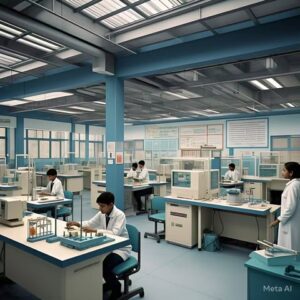


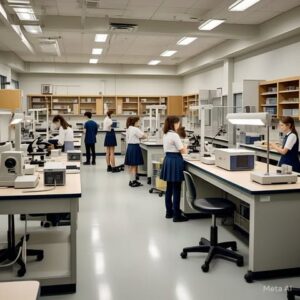
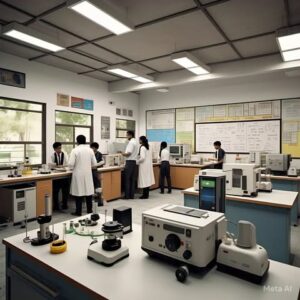

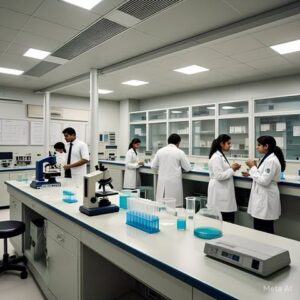


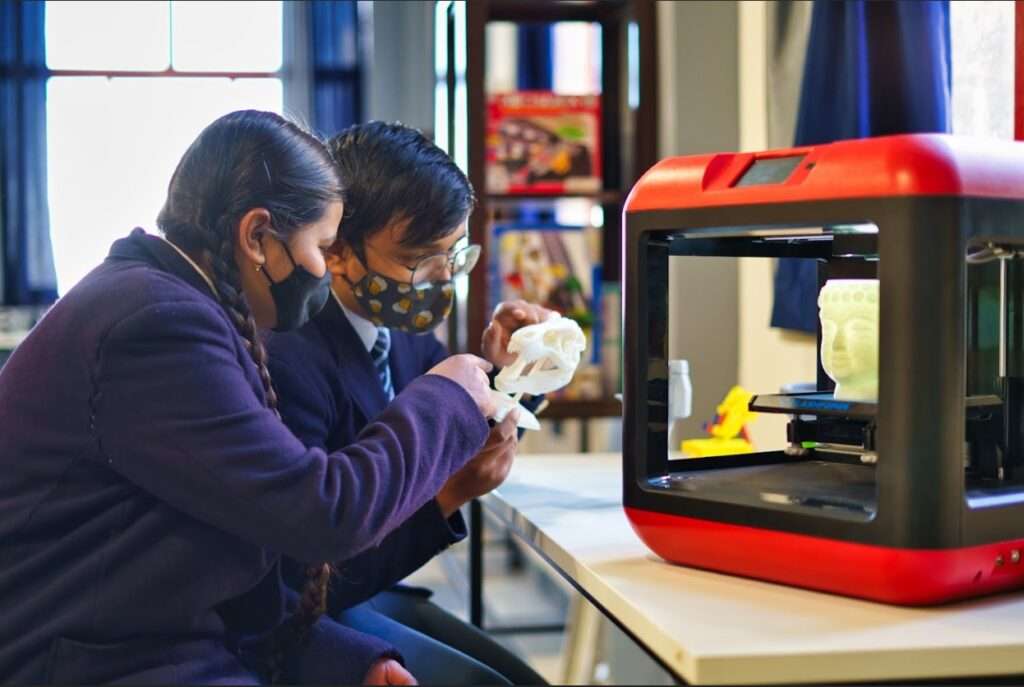
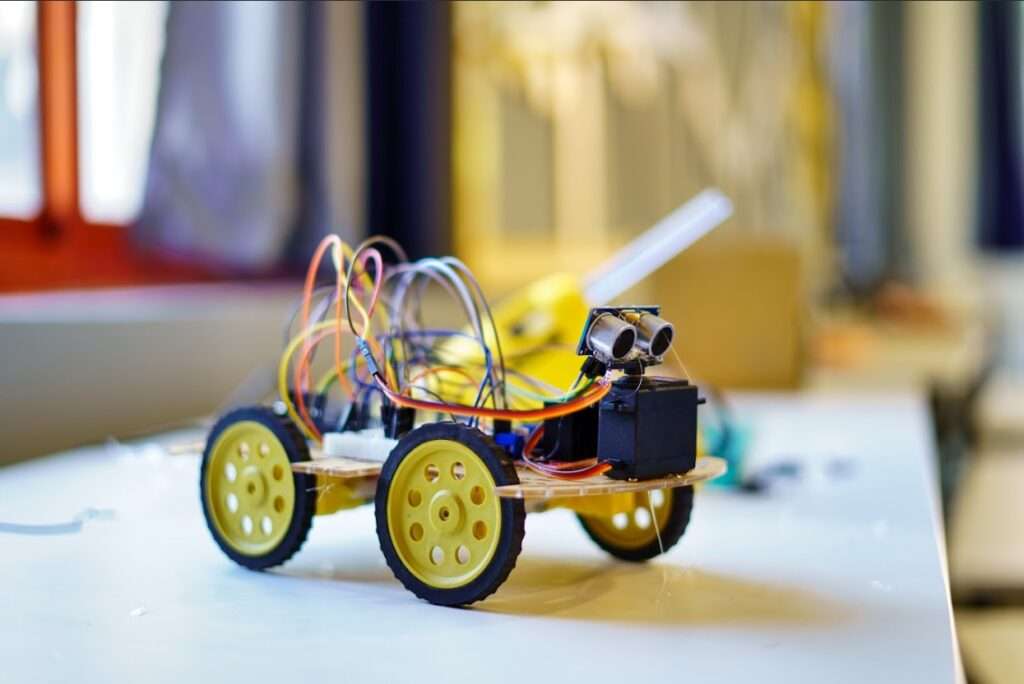

This Post Has 2 Comments
Excellent blog here Also your website loads up very fast What web host are you using Can I get your affiliate link to your host I wish my web site loaded up as quickly as yours lol
Thanks for the kind words! We’re glad you enjoyed the blog. For hosting info, feel free to reach us at hello@makersmuse.in!